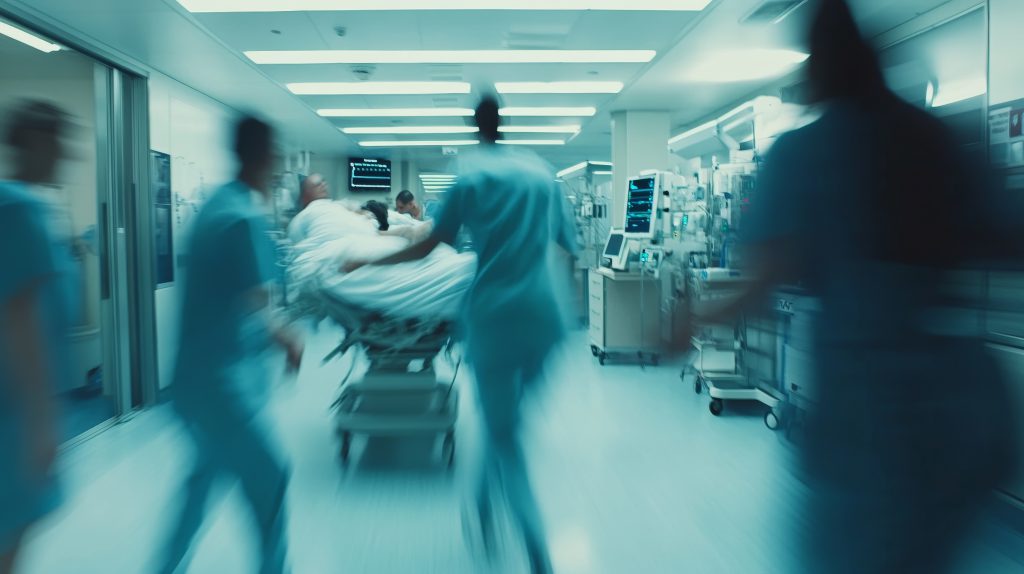By Angie Sheets with contributions from Dr. Ron Cotterel and Vitals staff writers
Do you reach for that third cup of coffee to get you through marathon zoom meetings or down several sodas or energy drinks to pull you through the afternoon slump? If so, it might be time to rethink your relationship with caffeine.
Of course, caffeine helps many of us get through the day, but in some cases, the side effects of everyone’s favorite stimulant can drag you down.
Dr. Ron Cotterel, a family medicine and integrative family physician with Sutter Medical Foundation, says caffeine is the No. 1 stimulant of choice around the globe and one of the most commonly abused addictive substances available. It changes the way we behave and feel, even improving the effects of some pain relievers, which makes it a powerful substance.
In addition to coffee and sodas, caffeine can be hiding in some teas, chocolate and even our medicines.
“Caffeine can be found in numerous nonprescription medications including NoDoz, Excedrin, Anacin, Vanquish and Bromo-Seltzer,” Dr. Cotterel says. “It’s an alkaloid, a member of a family of thousands of naturally occurring chemicals including quinine, nicotine, morphine, codeine, methamphetamine, ephedrine and mescaline.”
Caffeine’s addictive qualities make it difficult to quit. When we use caffeine every day, our bodies become accustomed to it and need more to achieve the same feeling of alertness. This can lead to a physical dependence on caffeine.
Caffeine Side Effects
If you’re unsure whether your body is hooked on caffeine, just quit it for a day. If you start experiencing withdrawal symptoms such as severe headaches, irritability, muscle aches, drowsiness and nausea, then you have a physical dependence.
Caffeine can also have other nasty side effects, such as temporary rises in blood pressure, heart palpitations, dehydration and heartburn. Some people feel jittery, shaky, agitated and nervous and are unable to get a good night’s sleep after consuming caffeine. For women, caffeine may intensify the symptoms of premenstrual tension syndrome and fibrocystic breasts. It might also speed up calcium loss from bones in menopausal women.
Dr. Cotterel says it’s best for some people to scrap their caffeine consumption entirely.
“Pregnant women should avoid caffeine, particularly at high doses, since it crosses the placenta and has been shown to increase the incidence of miscarriages, stillbirths, premature and low birth weight deliveries,” Dr. Cotterel says. “It has also been shown to elevate blood levels of the amino acid homocysteine, which has been implicated as a risk factor in coronary artery disease.”
How Much Is Too Much?
Most experts agree moderate amounts of caffeine won’t harm you, but drinking more than 600 mg of coffee or other caffeinated drinks each day is too much. Here’s a breakdown of how much caffeine is in some of the most common caffeine sources:
- One cup of coffee has 100 to 150 mg of caffeine, depending on the brewing method.
- One cup of black tea has 50 to 75 mg of caffeine, half as much as a cup of coffee.
- One can of soda has about 35 mg of caffeine.
- A bar of milk chocolate has 6 mg of caffeine.
- A cup of decaf coffee still has 4 mg of caffeine.
Breaking the Habit
Quitting your caffeine habit cold turkey can be tough and physically unpleasant, so Dr. Cotterel suggests gradually easing off on your daily caffeine consumption.
“Depending upon your level of daily intake, you might want to cut your caffeine level in half the first week and in half again on week two. Some patients have found it useful to go to half-decaf, and then to decaf, then to gradually replace the decaf with another non-caffeinated beverage,” he says. “The same can be done with tea or soda drinkers.”
Dr. Cotterel says the stress of the transition on your body can be eased by taking a vitamin B complex supplement, and by the temporary use of an herbal supplement such as panax ginseng. Ginseng has been used in Chinese medicine for thousands of years and can help improve your resistance to external stresses.
If you’re still craving a hot cup of liquid, try switching to green tea or herbal tea. A cup of green tea contains not only about 30 to 35 mg of caffeine, but also about 100 mg of polyphenols, naturally occurring potent antioxidants thought to possess cancer prevention properties. Caffeine-free herbal teas are another good option, Dr. Cotterel says.
“If you haven’t wandered through the tea section of your local health food store or food cooperative, you may be surprised at the selection of individual and combination herbal teas that are available. You could drink a different herbal tea each week for the rest of your life,” he says.
A few examples of healthy herbal teas include chamomile, which relaxes the nerves; peppermint, which helps with intestinal problems; raspberry, which can help tone the uterine muscles during pregnancy; rosehips, which is high in vitamin C; and licorice, which soothes the nose, mouth and stomach.





